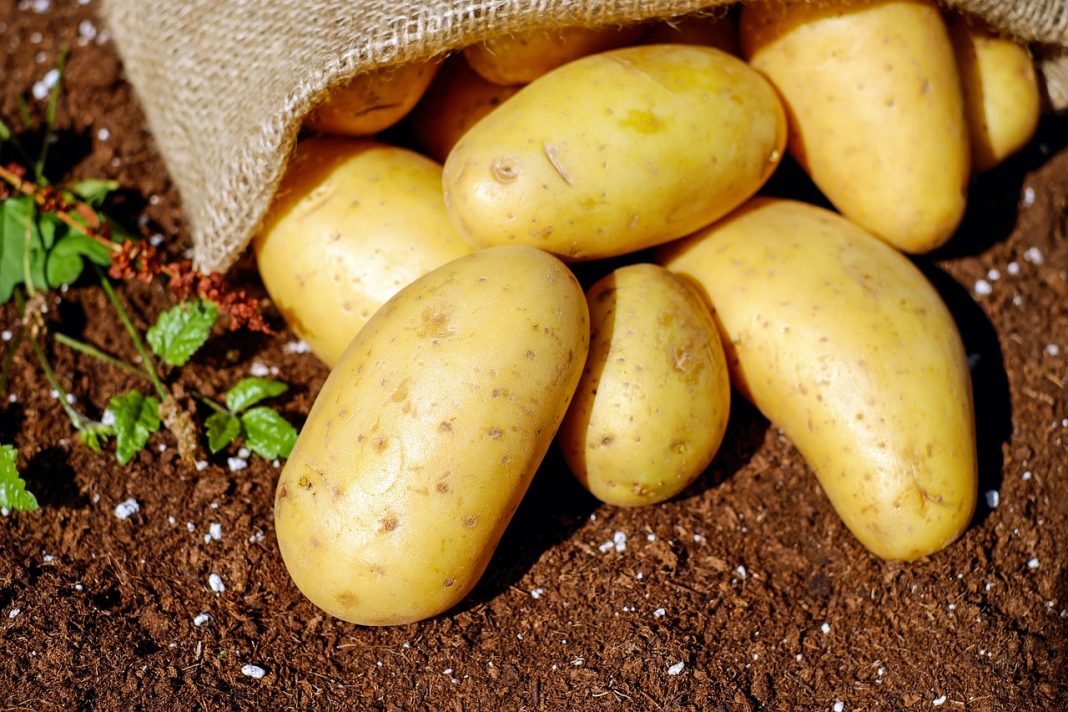Researchers at the University of Copenhagen have developed a new approach that helps public agencies and commercial interests combat fraudulently-labelled organic foods. By looking at how organic plants are fertilised, the method provides a deeper, more accurate portrayal of whether eco-labelled produce is indeed organic. According to experts, imported organic fruits and vegetables are susceptible to food fraud.
Increased consumer demand and higher profits for producers has made organic foods susceptible to food fraud. Danish food controls are stringent and we are among the few European countries to have nationally controlled organic foods. However, controls vary in the food exporting nations from which many of our foods are sourced.
“While a major eco-labelling scandal has yet to occur in Denmark, we often forget that our diet is sourced globally, and that our foods are often imported from countries where problems have been documented. For example, in southern Europe, where a large quantity of organic fruits and vegetables are sourced,” according to Assistant Professor Kristian Holst Laursen, who has been developing food fraud detection methods for the past decade.
Laursen heads a research group in the field of plant nutrients and food quality at the University of Copenhagen’s Department of Plant and Environmental Sciences. The group has just developed an analytical method that can inform public agencies and importers whether eco-labelled fruits and vegetables are indeed organic.
”Our method can be used to distinguish organic vegetables from conventionally farmed produce by looking at how plants have been fertilised,” says Laursen. He adds that the scope of tomatoes, potatoes and apples and other produce that fraudulently receive eco-labels is unknown as there has never been an examination of the fertilisers used.
Method provides more details about cultivation
The new method focuses on the isotope signature in a plant by isolating sulfate, a chemical compound that can reveal how a particular plant was grown. Humans, animals and plants all have isotope signatures that provide information about the environment in which we live and how we live – diets included.
The current means of finding out whether an item is organic or not focuses on identifying pesticide residue. According to Kristian Holst Laursen, this method is far from secure. For example, the use of pesticides on a neighboring field or traces from former conventional production on a now organic field can taint crops. Moreover, the analysis of pesticide residues is unable to reveal whether all of the rules for organic production have been complied with, such as the absence of inorganic fertilisers.
”Our method does not reveal whether pesticides have been used, but whether organic plants have been fertilised correctly. As such, the method complements existing analytical controls and, overall, provides a much more detailed picture of the growing history,” explains Kristian Holst Laursen.
When a consumer purchases an organic vegetable, a premium is often paid for the method of cultivation. For example, for a vegetable grown in soil where synthetic pesticides or fertilisers were not used. Organized criminals are trying to exploit these conditions and profit in a global food fraud industry worth billions.
”Nobody really knows the extent of this type of fraud, but we have seen bad examples from abroad that extend well beyond organic products. Rice made of plastic, wine with toxins, artificial honey, etc. There is not always a health risk associated with food fraud, but it is clear that when you pay a higher price, you expect the product that you are paying for. And, of course, honest producers must be protected,” says Kristian Holst Laursen.
Kristian Holst Laursen’s research group is currently working with the Danish Veterinary and Food Administration and the method is ready for further testing, approval and use by public agencies and commercial interests.
The scientific article has just been published in Food Chemistry: https://www.sciencedirect.com/science/article/pii/S0308814619306119


